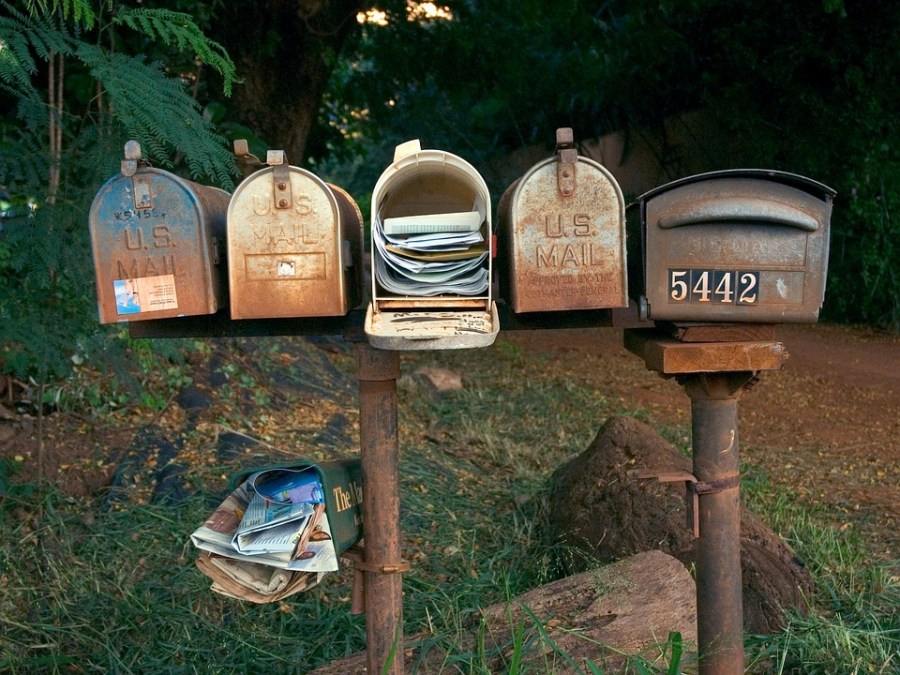How To Send Money To Someone Without Them Knowing

While there is plenty that you can communicate through the internet and phone to clients or family members, there are just some things that can only be done through snail mail. Whether you are a large company wanting to send fliers to the masses, or an individual looking to send a friendly letter or postcard to a friend or family member, they all need to include some form of postage in order to make it to their destination. Unfortunately, the prices always seem to be fluctuating and it can be confusing to fully understand how much a package or piece of mail is going to cost you. The easiest way to calculate the appropriate postage rates for your letter or package is to visit the United States Postal Service (USPS) website which lists the most up-to-date rates in detail or pop into your local post office. There are quite a few factors such as size, shape, weight, distance, speed and status that will determine the cost.
Size and Shape
The general rule is that the larger the size and shape, the more it will cost. A postcard, for example, will cost much less than a flat-size piece of mail or parcel. As of January 2018, a domestic first-class rectangular postcard costs $0.35 while a standard size rectangular envelope costs $0.50 and a package service starts at $3.50. If the mail is traveling internationally though, the standard envelope will cost $1.15 to send. The shape matters as well, as letters that are an unusual shape, such as square or oversized, and don't meet the required standard-sized envelope will cost from $0.71, according to the current postage rate chart.
If you need your mail to get there as soon as possible, the best way to go is by sending it via Priority Mail Express. In addition to the flat rate of the envelopes, the price for Priority Mail Express is determined by the weight which can weigh up to 70 lbs. for domestic mail and for most countries. If you are sending a flat rate envelope abroad and it weighs up to four lbs., the rate starts at $40.85 depending on the destination, but a parcel weighing up to 70 lbs. will cost $239 and upwards. While it may cost more, at least you know it will get there within a few days, and if not, you will get a full refund. The next step down is Priority Mail which starts at $29.45 for a flat rate envelope and will cost $198.65 for a parcel weighing up to 70 lbs. The First-Class mail postage rates only include domestic delivery.
Distance and Speed
Determining how much postage you need is also dependent on the distance. It is not just about whether it is domestic or international, but also the number of zones it has to cross. Zone 1 is the zone that is nearest to you and zone 8 is the furthest, so the more zones it has to cross, the more it will cost you. There are some exceptions to the rules though such as First-Class and Media Mail which is the same price regardless of the number of zones it needs to cross. Prices for Priority Mail and Priority Mail Express do adhere to the zone rule.
While Priority Mail Express and Priority Mail are the fastest ways to get your mail where it needs to be, First-Class is still more expedient than periodicals such as magazines and newspapers, and faster than standard mail such as pamphlets, circulars and direct mail.
Non-Profit Status
The amount of postage you need for a letter or package also depends on whether you have non-profit status. This is often given to agricultural, educational, fraternal, philanthropic, religious or scientific organizations, but they all need to qualify and be authorized by the postal service before availing of the discounted prices. If the organization is authorized, all of their material that is being sent out must comply with specific requirements and is only applicable on domestic mail.
Mail Entry Point
If you do not qualify for the non-profit status but are still looking for other ways to save a little cash on your postage, consider bringing your mail to one of the postal facilities that are also closer to the destination point. USPS Marketing mail, for example, that is dropped off at a Network Distribution Center (NDC) or a Sectional Center Facility (SCF) will receive lower postage rates since they helped cut the cost on the distance the mail has to travel. Destination Delivery Units (DDU) or Area Distribution Centers (ADC) also off discounts on standard mail and periodicals.
MORE FROM LIFE123.COM
How To Send Money To Someone Without Them Knowing
Source: https://www.life123.com/article/what-it-costs-to-send-mail?utm_content=params%3Ao%3D740009%26ad%3DdirN%26qo%3DserpIndex
Posted by: cruzcappon1970.blogspot.com

0 Response to "How To Send Money To Someone Without Them Knowing"
Post a Comment